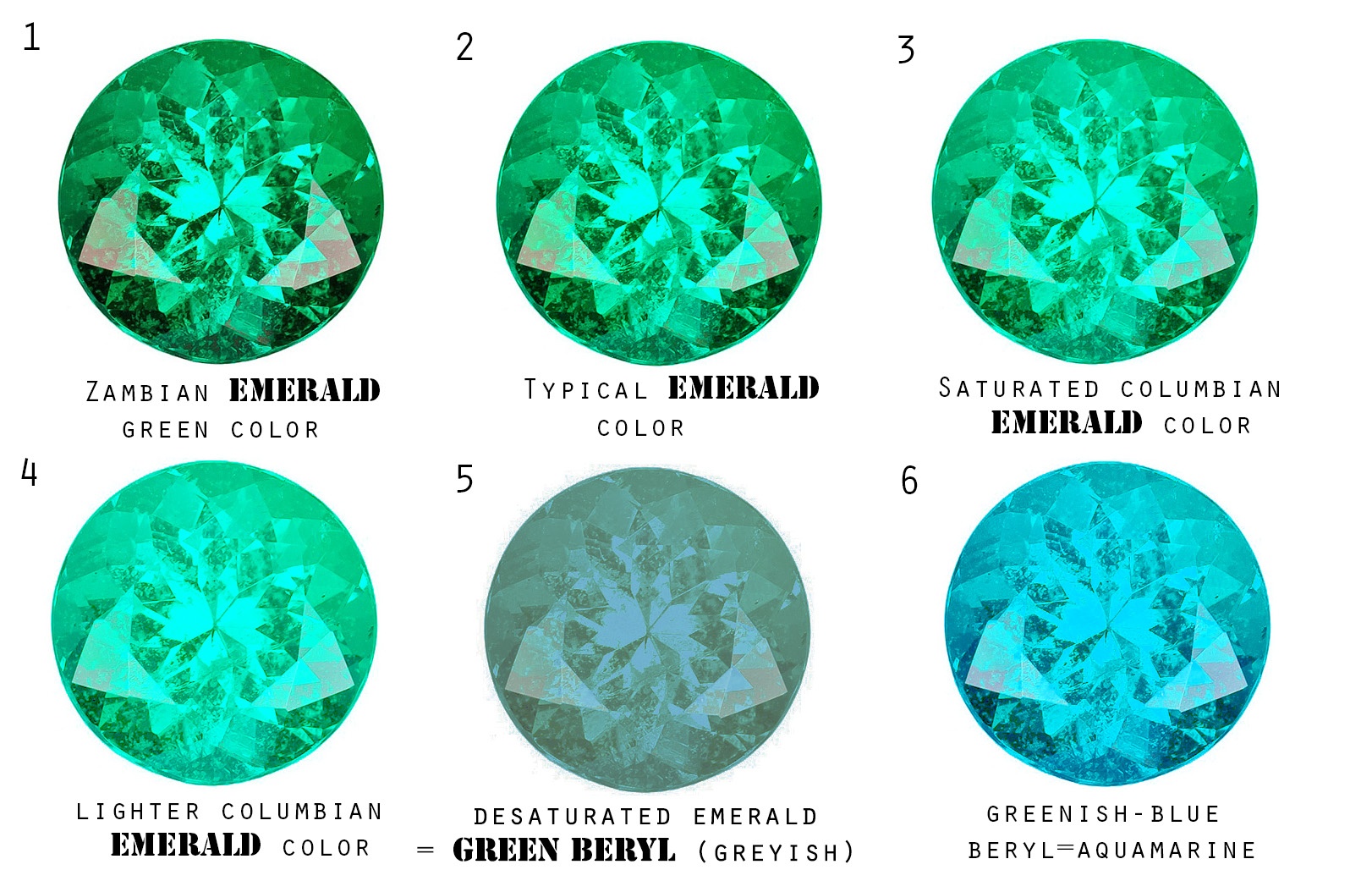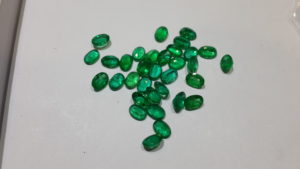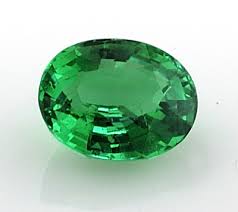 Rock Paradise.
Rock Paradise.
 Rock Paradise.
Rock Paradise.
|
|
|
|
|
|

Emerald is the most fascinating member of the Beryl family. It is a green to a greenish-blue variety of Beryl. Mineral species Beryl consists of Aquamarine and other colors like red beryl, golden beryl, yellow beryl, orange beryl, pink Beryl also. Emeralds and Aquamarines are by far the most common and well-known varieties of Beryl.

Emeralds are formed with a combination of common elements aluminum and silicon with the rare element beryllium. The trace amounts of either chromium or vanadium or the combination of both give Emerald a distinctive green color. While the presence of iron gives the stone a slightly bluish tint.
Emeralds are formed typically in six-sided prisms, which make them naturally suited to be shaped into the emerald cut. Emeralds are one of the most valuable gemstones available today. Most of the Emeralds are generally heavily included which makes their ability to resist the breakage very poor in comparison to Ruby and Sapphire. On Moh’s Scale of Hardness Emeralds are valued at 7.5 to 8 which makes them a bit prone to scratches.
The most common treatment given to Emerald is oiling. Oiling of Emeralds with cedar oil is done to cover the presence of fissures, flaws, and impurities. The use of cedar oil is now well-accepted practice in the gem trade but practices such as using green-tinted oil are not acceptable. Since the prices of Emeralds are very high Synthetic Emeralds have been discovered. They can be produced by two methods Flux growth and hydrothermal process. The difference between Synthetic and Natural Emerald can be found with the help of Chelsea Filter.

Beryl
The pale green shade of Beryl is referred to as Green Beryl. Beryl is a cyclosilicate with the chemical composition Be3Al2 (SiO3)6. Green Beryl is colored by the presence of iron. Iron usually provides a yellow secondary color in Beryl and sometimes even a bluish secondary color. The variety of Beryl- Aquamarine is an example of the effect of iron. A Green Beryl gem can vary from translucent to transparent, which results in increasing the shine and brilliance of the gem.
This pale green gem can be found in South America, Afghanistan, Pakistan, South Africa, the Ural Mountains of Russia as well as in India. Green Beryl has been rated 7.5-8 on the Mohs Scale of Hardness. The excellent hardness, toughness, and resistance to corrosive substances make it very easy to use in many different jewelry applications.
The Green Beryl will most commonly feature vertically grooved and striated marking with vitreous luster to its coloring. Skilled gemstone cutters usually cut this type of gemstone into a square or rectangular cut which increases the transparent aspect of this six-sided crystal gemstone. The usual traditional cuts are also seen like pears, rounds, ovals, emeralds, cushions, and many more. The most uncommon feature of Green beryl is that they are not typically treated or enhanced in any way.
Your email address will not be published. Required fields are marked*